With The International 10 almost upon us, the internet is abuzz with speculation and hope. How well will each team perform? Who’s going to win the Aegis? To throw our own fuel on the fire of tournament discourse, it’s time for a power ranking.
Vanya Kirillov, of alacrity.gg, lets a model do the talking for him. Kenny Utama, longtime Dota 2 reporter, has some rebuttals to this approach. The model makes some pretty bold claims, so let’s jump right in.

Model ranking methodology
Before we get to our ranking discussion, here are a few notes on model methodology:
- These rankings were created by simply simulating a massive group stage where each team plays one another
- Thus, it creates a fair comparison of how each team stacks up against each other, but it does not reflect a prediction of the final outcomes of the tournament. Tournament structure, group composition and other logistical nuances mean that the tournament may play out completely differently
- Since these are hypothetical matches, there’s no such thing as side selection advantage. So, we ran our prediction for either possibility and took the average
- Team Aster reported some COVID-19 troubles, which may affect their ability to compete or, at least, perform well in the tournament. This analysis ignores this and assumes that every team competes with their regular roster at full strength
Placement discussion
Quincy Crew
Quincy Crew and, in turn, Team Undying’s placing on this list definitely stands out. Quincy Crew have made it out of the first round in the playoffs of most international competitions, but no further. They were able to beat No Ping Esports in a close best-of-three during the WePlay AniMajor as well as earn a decisive win over Tundra Esports during ESL One Summer Bootcamp Edition. These are solid wins, but the prediction that Quincy Crew will get second at The International 10 seems out of place. However, we haven’t seen any of these teams for a few months. Quincy Crew, in particular, have not played since June. Could Quincy Crew be the Digital Chaos of The International 10? Could Team Undying do the same? It is not out of the realm of possibility. The model could definitely know something I do not. A prediction that could be made is that Quincy Crew and Undying will place quite close to each other at the end of it all.
— Utama
Quincy Crew and Undying are definitely unexpected model outputs. Cross-region play is always a contentious topic, and it’s logical that the strong recent performances of these two teams in a relatively weaker region should not translate to the international stage. However, pretty much every high-level Dota player has played in multiple international tournaments in the last year,. t’s not like these NA teams are the big fish in a small pond and have never strayed outside of their bubble.
The model is calibrated in such a way as to maximize accuracy across all matches, so there will always be some teams that “trick” the model with just the right combination of stats and good performances in the right places. Overall, I’ve found that “region strength” is a very powerful factor in the eyes of the public, but it does not have nearly as much predictive power when applied to the broad professional scene, as expected. The truth is probably somewhere in the middle, which is why a qualitative top-down approach is an important safety check.
— Kirillov
T1
T1 at the eleventh spot is a low placing for one of, if not the best Southeast Asian teams. However, it is not the biggest surprise, as T1 have fallen to weaker teams in the last few tournaments they have participated in. Their worst loss was to their in-region rivals Team SMG. The prediction for T1 is that they will make at least a top eight finish at The International 10. The team has shown to be mature and unwavering under pressure. Built around their captain Carlo “Kuku” Palad and superstar carry player Nuengnara “23Savage” Teeramahanon, the team has had a good history of doing well in international competition. They have battled through some of the best teams in the world together, taking out the likes of Virtus.Pro and Invictus Gaming, as well as taking PSG.LGD to the brink of defeat. If T1 can maintain their form from a few months ago, eleven would be too low for them.
— Utama
According to the model, T1 are a fairly middle-of-the-pack team. Their head-to-head matchups are all within a 40/60 to 60/40 range, with the exception of their 33% win chance against PSG.LGD. Their recent performance, as Kenny mentioned, has been nothing to write home about, and the model certainly takes note of these things. They’ve got potential, but it takes more than that to win; they have to consistently play up to that potential.
The odds market puts them at tenth place right now, looking at outright odds to win the whole tournament. Chances to win the Aegis and power rankings aren’t exactly synonymous. But, with the even footing that all teams start this tournament on, they’re pretty close. In addition, T1, Quincy Crew, Alliance and Team Spirit all share the same tenth-place odds (markets tend to just round similar and difficult-to-calculate probabilities). So, any of those four teams could end up anywhere between tenth and thirteenth and still line up with expectations.
— Kirillov
OG Esports
The previous two-time International champion at the 15th place, is too low. While OG have had a shaky year, with the departure of Anathan “Ana” Pham in the middle of the year, the addition of Syed “Sumail” Hasan cannot be understated. One of the best players in the world joining the likes of Johan “N0tail” Sundstein and Sébastien “Ceb” Debs is a force to be reckoned with. There is something about OG at The International that is different than anywhere else; a magic that has not been captured by any other team. The only argument would be Natus Vincere from 2011-13 (for the oldheads out there). While OG only narrowly made it into The International 10 by beating Tundra Esports in the regional qualifier, all they needed to do was get in. What happens next will usually excite and surprise DOTA fans everywhere. Do not be surprised if OG come back in form using that same magic that helped them become the first back-to-back International champions.
— Utama
On the flip side of “sometimes teams trick the model with their stats,” we have OG. This ragtag team came out of nowhere to win TI8 and the hearts of fans worldwide, even though on paper they looked decent at best.
Their performance leading into TI10 has been lackluster, and the model has found that (again, on average, for most matches) for just about every factor, weighing recent performance more heavily than peak past performance is a much stronger predictor of match outcome.
As Kenny points out, OG simply doesn’t work that way. They do what they can to squeeze in and then turn it up to 11 at the big event.
— Kirillov
Interpreting model results
The model has some pretty hot takes and I wouldn’t expect it to get everything exactly right. For starters, it’s probabilistic, which means that it simply tells you what is more likely to happen. Reality has a tendency to play out in its own unique way.
The main point of a model-based approach is to get a systematic, unbiased prediction. Any quantitative model, algorithm, AI or other framework is designed to be as accurate as possible across a broad array of matches. This allows you to cover every single match, without having to analyze each one individually. It lets you avoid cognitive biases or traps, or get conditioned by what you see in the odds market or what is considered conventional wisdom. Finally, a model can give you very precise probabilities for match outcomes (as opposed to just commenting on which team is favored), which is vital to properly evaluating bet value.
Do I wholeheartedly trust the results of the model? No. But, so far it has worked in the long run and has fairly consistently beaten the market. I’m inclined to give it some benefit of the doubt. It won’t get every prediction right, but the times it disagrees with the market and is correct outweigh the times it isn’t, and trying to guess which cases are which is a surefire way to overcorrect and introduce your own bias.
— Kirillov
Closing thoughts
While there are discrepancies between the betting model and a viewer of the game, there are things to be gleaned from either interpretation. The great thing about competition is that there are factors that are qualitative; whether it be the mood going into the day, the roar of a crowd or even a player having LAN experience. There are moments in a DOTA game that don’t make logical sense and could dictate the outcome of a game. DOTA is complex and, at the end of the day, models and viewers alike can only try their best to make predictions in the complicated domain of a DOTA game. However, what we know for certain is that The International 10 will bring the best DOTA we have seen in a long time. The fans have waited two years for this International and it is set to be a banger.


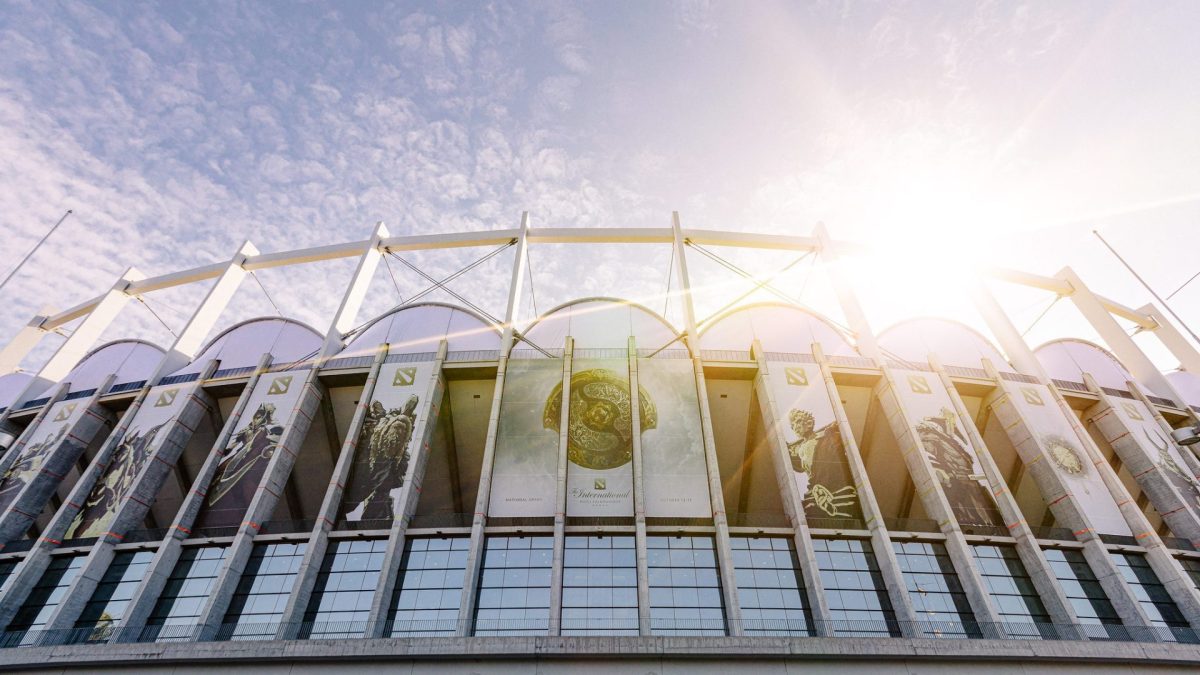
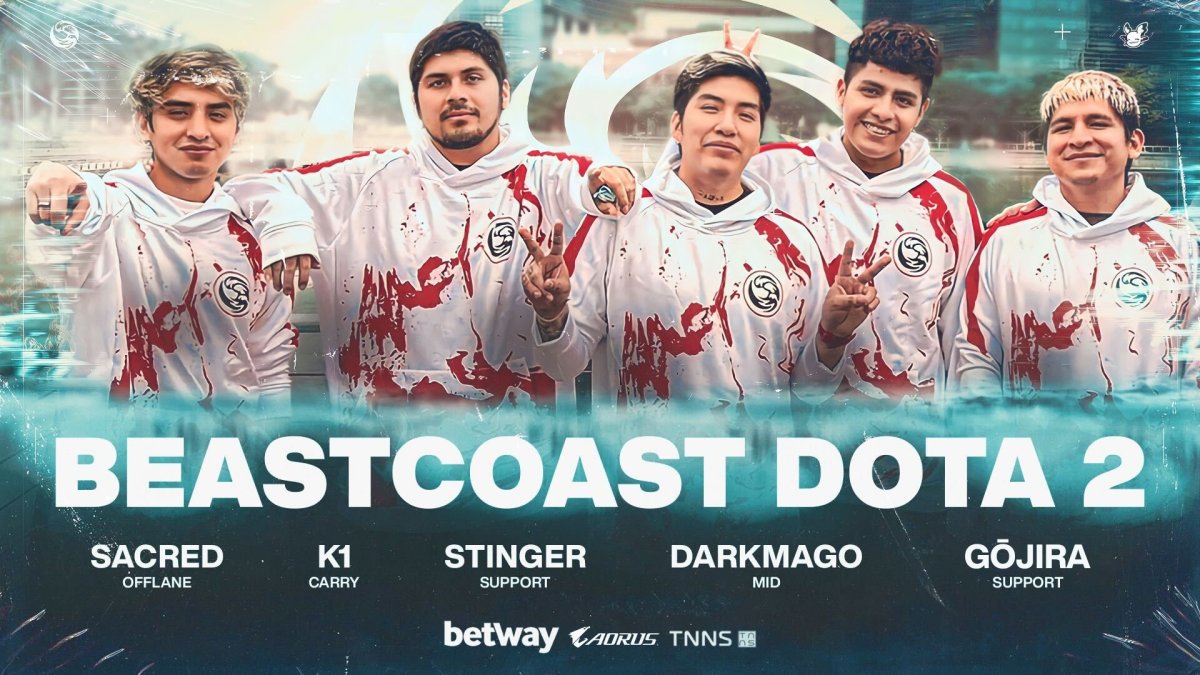
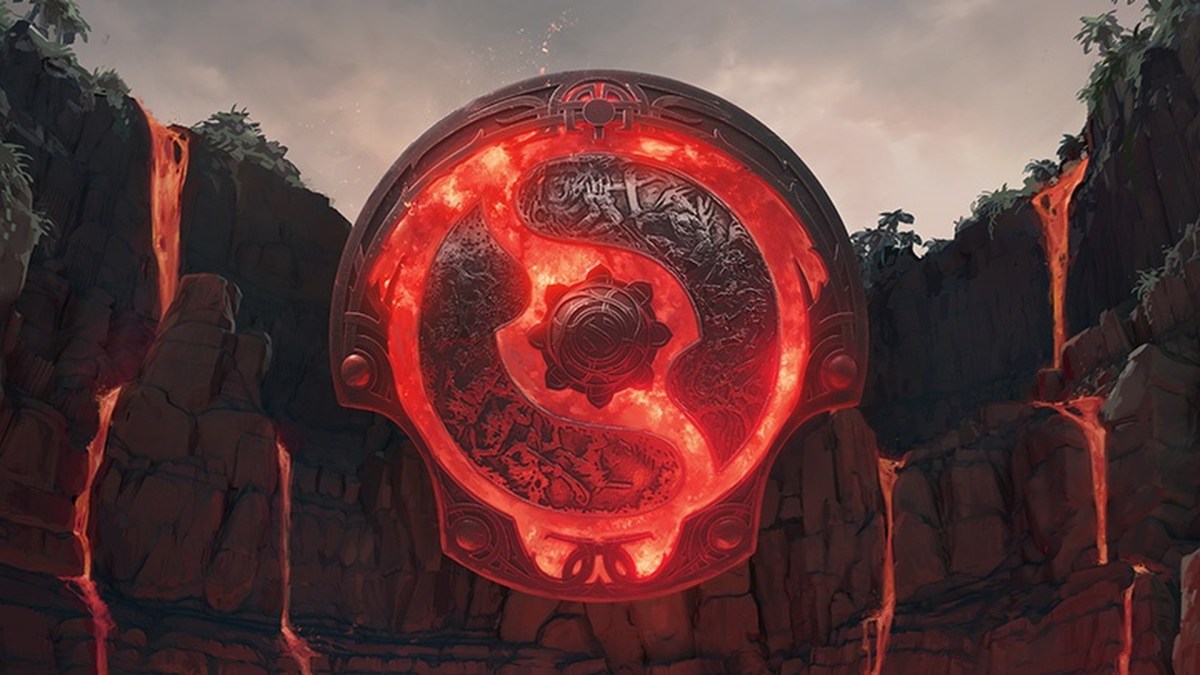

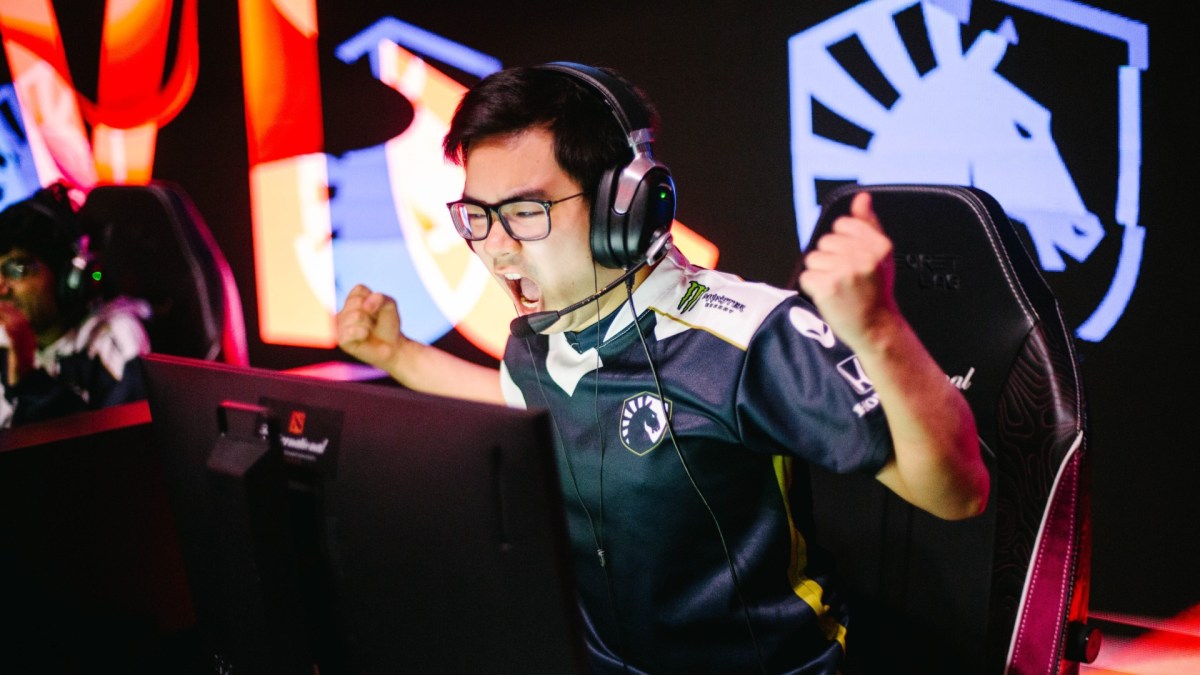
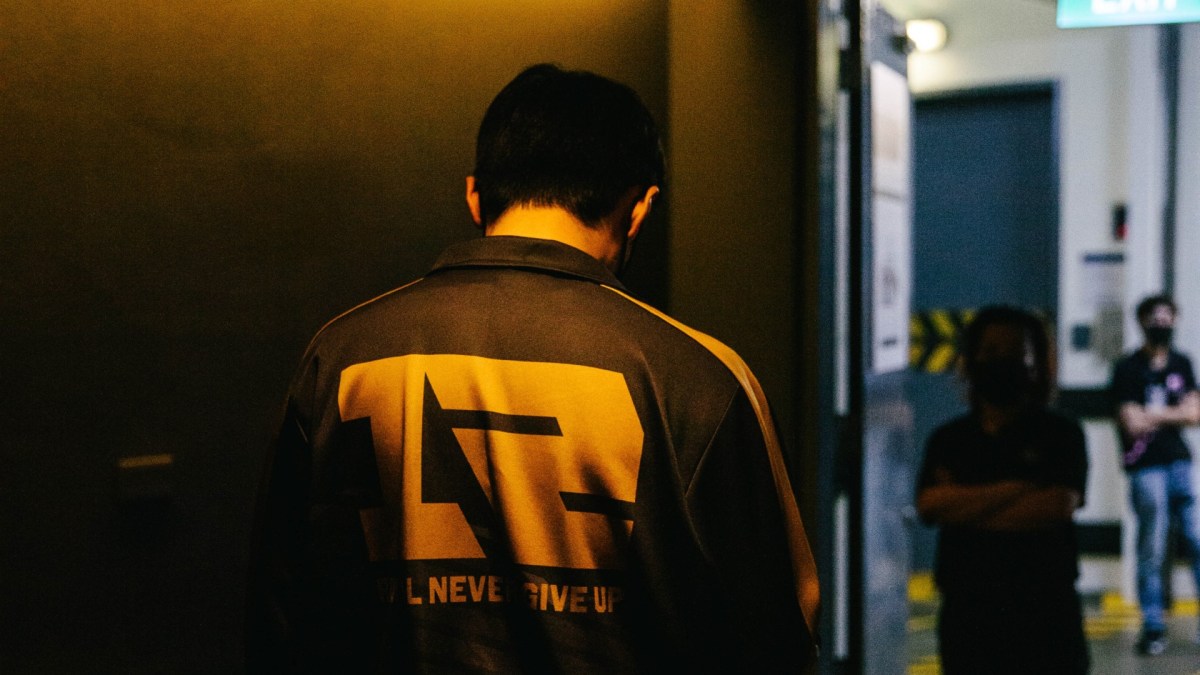
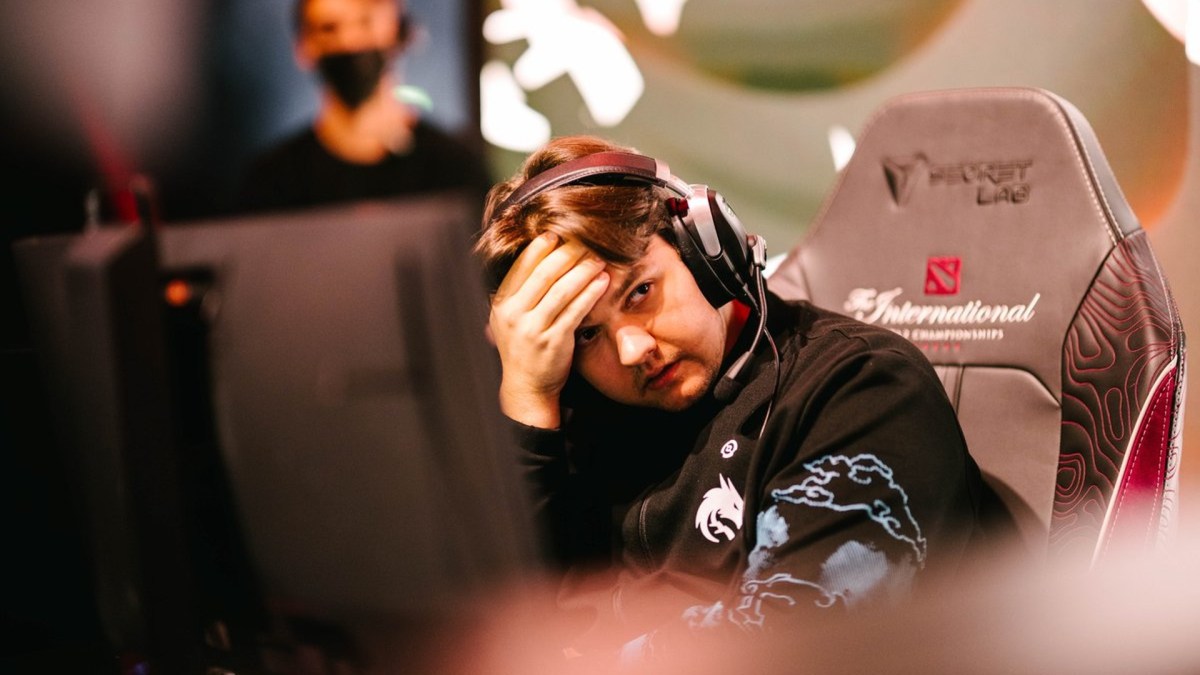





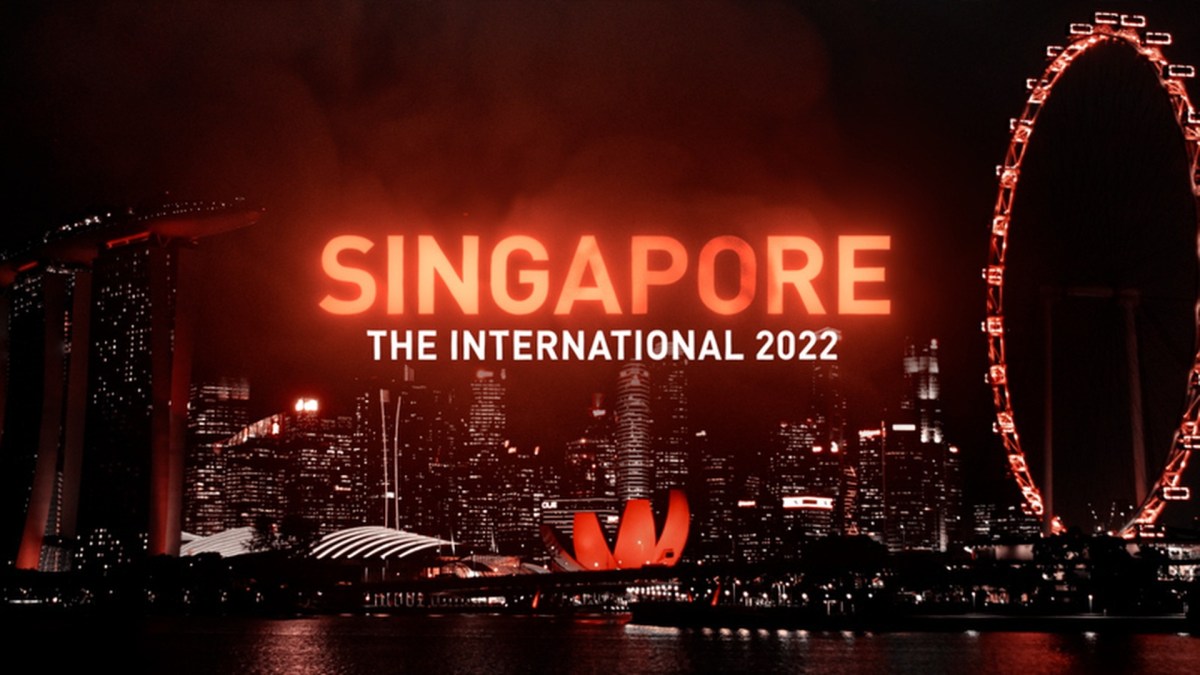

Published: Oct 6, 2021 03:13 pm